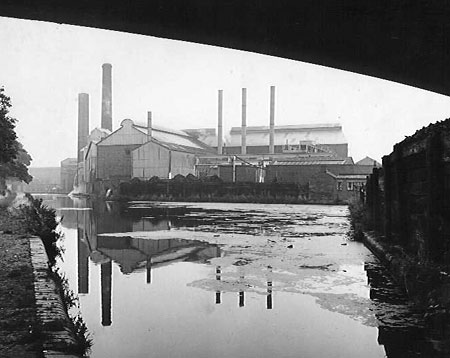HISTORY
The black redstart was first reported to have bred in London at the Wembley Exhibition Centre in 1926 and since then its population has fluctuated primarily as a consequence of man’s activities within the urban fabric.
During and after the Second World War the population boomed as a consequence of the Blitz. The bombsites of the City provided ideal habitat. Large areas of sparsely vegetated land between the shells of buildings reflected the black redstarts optimum habitat on the scree slopes of the Alps. In 1964 the population around Cheapside was in the region of 16 pairs. However, with the regeneration of the Barbican the population crashed and although there is still the odd pair recorded in the City, the black redstart’s distribution has gradually moved eastwards along the Thames. In the ‘70s and early ‘80s there were still a few pairs breeding in the docks and along the South Bank but as these areas were regenerated so the black redstart’s numbers diminished.
This situation has not been confined to London. In the mid-90’s the small Sheffield population was seriously impacted by regeneration, and similar effects have been noted in Birmingham, Nottingham and Ipswich.

Photograph: Birmingham Central Library
There is a definite correlation between the black redstart’s population in London and the likely loss of its breeding habitat through regeneration. The primary aim of the London Biodiversity Partnership’s BLACK REDSTART Action Plan is to reduce the adverse impact of regeneration on black redstarts and ensure that its present population is not only adversely effected by such schemes but, where possible, enhanced.
